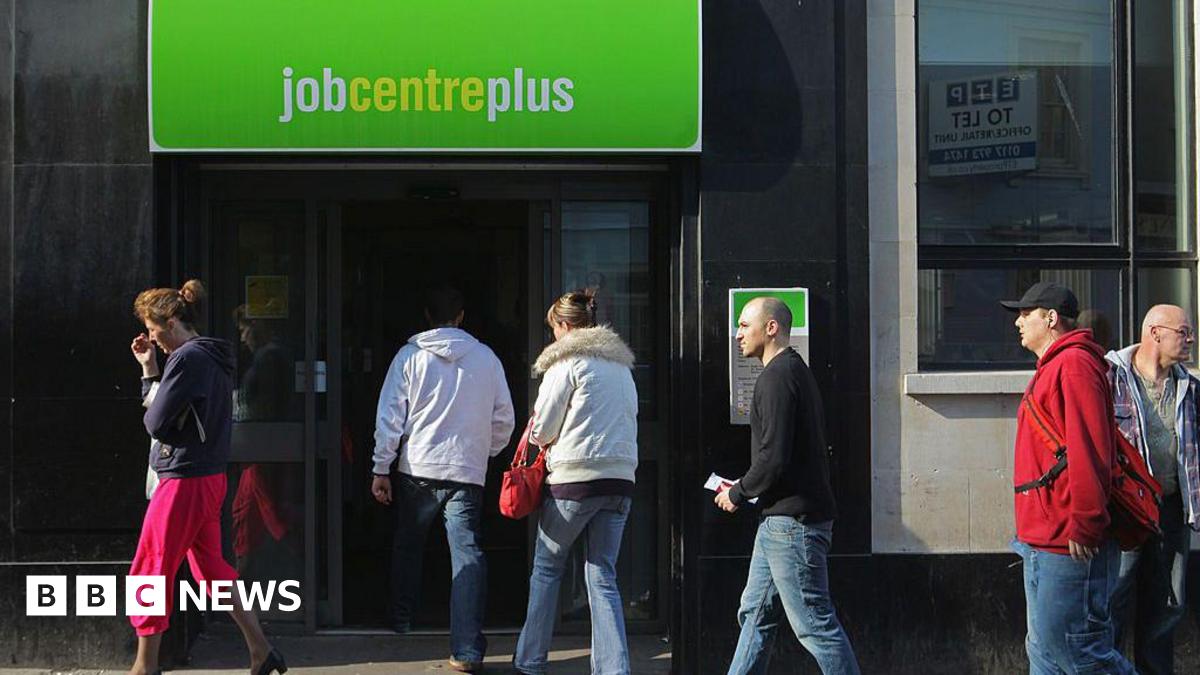This takes us back into the murky statistics of the Labour Force Survey. It’s carried out throughout the year by the ONS. It used to be reliable and statistically sound, but since the pandemic, things have gone badly wrong with it.
That’s partly because survey response rates from the public have fallen sharply. It seems we’re not as willing to engage with people asking us questions about our working lives and our earnings, particularly younger people.
It’s also because the ONS embarked on a change in the way it gathers information, moving from face-to-face-interviews to online questionnaires. It planned that transition badly, and the stats that it gathered ceased to be reliable.
The ONS claims things are turning around. They’re getting more people in the survey, down from 84,000 every three months to 44,000 when, to quote an ONS source, things were “truly awful”. That’s risen to nearly 70,000 people questioned.
So it’s getting better, but still not certificated as sound. And don’t bother comparing the most recent survey figures for March to May with last year, or the year before.
Also, if you dig into these figures, you’ll find that big range of possible outcomes. For instance, the estimated increase in the number of Scots in employment in March to May was plus 22,000, but that could be wrong, by plus or minus 74,000. So there’s a reasonable chance that the number fell.
Does it matter? Yes, because in making policy and distributing funds, those in government need to have the best information about the economy.
